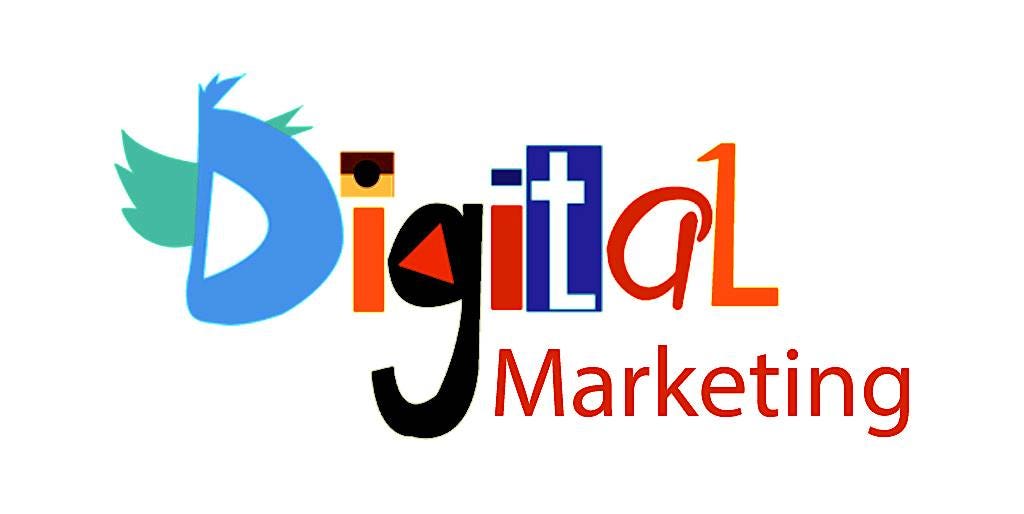Advertising is the attempt to influence the buying behavior of
customers or clients with a persuasive selling message about products and/or
services. In business, the goal of advertising is to attract new customers by defining the target
market and reaching out to them with an effective ad campaign.
Target Market
Establishing
the target market is the critical first step in any advertising
campaign – you need to know who your intended audience is before you can reach
them. If your target audience is senior citizens, for example, an advertising
medium such as Facebook is
a poor choice. Similarly, Millennial's are much less likely to read
newspapers or use the Yellow Pages.
Defining
the target market involves building a demographic profile of the prospective
customer by taking into account criteria such as age, gender, marital status,
lifestyles, shopping habits, etc.
It
is also important to check out the level of competition for your
product or service with your target audience as you may need to compete on
price and/or service.
Common
Advertising Methods
- Local website advertising: Many municipalities and Chamber of Commerce chapters have
websites that provide listings of local businesses.
- Business web pages: Creating and maintaining a professional
website with clearly outlined descriptions of business
offerings, optimized for search traffic.
- Email: Requires
a customer email list and adherence to anti-spam regulations.
Email newsletters can be useful for keeping in touch with existing
customers and passing on information about new products or services.
- Facebook: Taking
advantage of social media by creating a business Facebook
page and using it to regularly promote products and services. A
common advertising venue for businesses such as restaurants who use
Facebook fan pages to promote new menu items or specials and to receive
feedback from customers. There are also a number of available 3 for doing
business on Facebook.
- Twitter: Assuming
the business has Twitter followers tweets can be used to send out short
promotional messages.
There
are many different types of advertising that are typically used by small
businesses.
Online advertising: Online marketing includes a myriad of
advertising opportunities, such as:
Newspaper advertising: While on the decline (U.S. newspaper ad
revenue dropped by over 50% between 2006 and 2015) newspaper ads can still be
an effective way to reach customers. Many municipalities have special interest
newspapers which can be used by businesses for local advertising.
Yellow Pages: Usage
of the printed pages is also in decline. However, there is an online
version.
Direct mail: Can be very useful. Can be costly if sent via post,
but even without a mailing list brochures, flyers, etc. can still be
delivered directly to residences and/or businesses in targeted geographic
areas. Unfortunately, statistics show that nearly half of direct mail ads
are unread by recipients and tossed away as "junk mail."
Cable TV and radio – Cable companies often have local info
channels that offer affordable advertising for small businesses.
Cold calling – By phone or in person can still be surprisingly
effective. As an example, while on a call a service company can take the
opportunity to visit neighboring residences/businesses and mention their
services (or drop off flyers or brochures). Phone solicitation is now
illegal in Canada to numbers registered in the National Do Not Call List unless
the business has an existing relationship to the customer.
Vehicle (wrap) advertising – Turning a vehicle into a “mobile billboard”
is an excellent way to maximize business exposure. Vehicle ads are eye-catching
and in a major metro area can be seen over a million times a month.
Online Advertising Taking Over
Online
advertising continues to grow rapidly, with over $229 billion
invested globally in online advertising in 2017. According to statistic, this
is projected to rise to $335 billion by 2020.
With
over 2 billion users of social networks, spending on social media ads alone has
grown to over $35 billion in 2017 from virtually nothing in 2010 (spending
doubled from 2014 to 2016). Social media is particularly popular with
advertisers, where easy access to user demographic data (such as age,
interests, spending habits, etc.) companies can finely tailor ads to the
audience.








